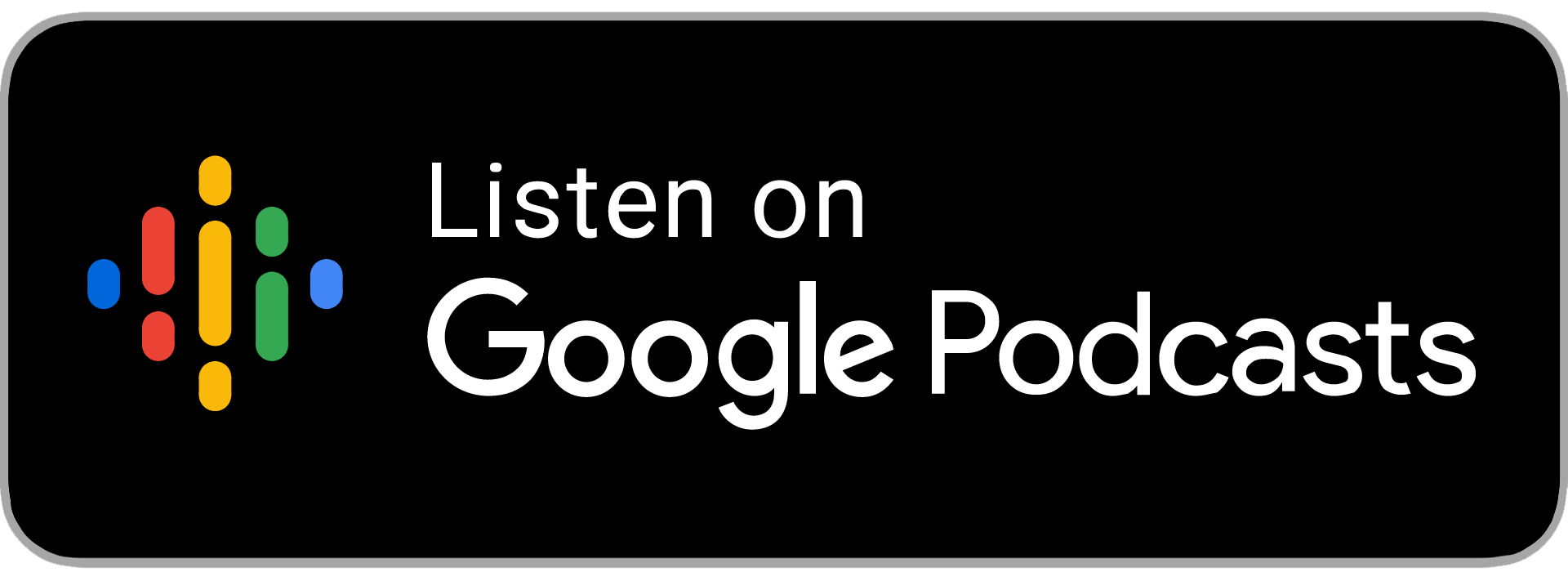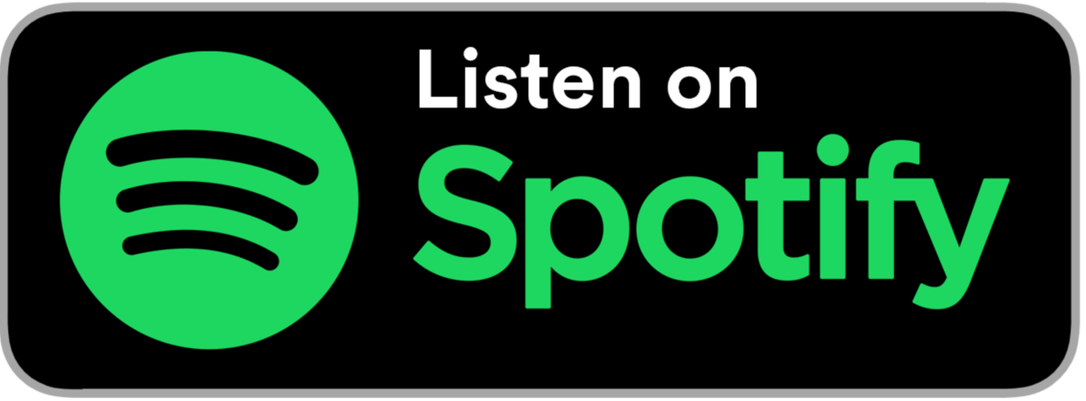Conversational Marketing Podcast and Transcript
Conversational Marketing Podcast and Transcript
Marketing Insights Podcast
February 9, 2023
Transcript:
Mark Johnston:
Hello and welcome to the Marshall Johnston Marketing Management 4E podcast. I'm Mark Johnston.
Greg Marshall:
And I'm Greg Marshall.
Mark Johnston:
And today we are going to be talking about conversational marketing. So Greg, what is conversational marketing and why is it so popular right now?
Greg Marshall:
All right marketing fans, buckle your seatbelt. Here's the thing, conversational marketing is popular now because, like many things the pandemic impacted, for those of us in marketing, a key change is how customers want to interact and dialogue with companies about their products and services.
The old style marketing and sales funnels are largely going the way of the dinosaur, sorry. But what's happening is that the transition is in favor of a much more holistic and frankly much more pleasant to the customer approach to interaction between firm and customer.
Basically, according to the consulting firm Whisbi, conversational marketing is a method of engaging, that's the important word, engaging, with website visitors and converting leads via dialogue driven activities. This style of inbound marketing puts a focus on interactions with the customer and not simply one way transmission to the customer by the brand.
Some would call this a bit of a revolution. So Mark, what are some of the specific key goals and elements of conversational marketing?
Mark Johnston:
Great question, Greg. Conversational marketing aims to create relationships with a customer by building trust through, as you mentioned, conversations and by making the buying experience as smooth and easy as possible.
This journey is achieved by using the proper tools to understand and communicate with the user in the way the user wants to engage. This is a leap forward from the here's how to contact us approach to marketing.
Integration of platforms is a key. That is using tools that integrate options like messaging apps such as WhatsApp, SMS, phone calls, and social media into one unified platform. This holistic approach means that the user and the sales team are seamlessly linked up, allowing for conversations, utilizing the modalities that the customer prefers.
Key elements in conversational marketing typically include a conversation starter, a lead capture tool to qualify, and a live messenger. Let's look at these in a little bit more detail.
First, the conversation starter. This message that appears usually at the bottom right hand corner of the website, beginning at the landing page, is designed to encourage visitors to click and engage with the website.
The second approach, lead capture tool, which is used to qualify. After that conversation starter usually comes a lead capture tool like a chatbot, which proceeds to ask a series of simple questions in real time to understand if the user needs customer support, sales assistance, or is looking to make an immediate transaction. This step is a great opportunity to inject personalization and make the potential customer feel like they're in a real meaningful conversation with the brand. Here, the brand personality needs to come out in a very strong way.
And then finally, live messenger. Qualified leads are then put in contact with a member of the actual customer contact team. This could be a salesperson or some other customer facing role. The conversational marketing platform should provide the contact person real time with notes on the user's qualifications and answers to any questions being asked. The customization is where enormous value is added to the customer experience.
Today, marketing, sales, and customer services need to be on the same page of the conversation. Unfortunately, that has not historically been true.
Greg, what has sparked the high interest in conversational marketing?
Greg Marshall:
Well, Mark, I want to go back to what you've just shared with all of us, which I thought was fantastic because the argument for conversational marketing versus the traditional channels of journey of the customer through a more complex process not only cuts corners to get the value from the firm and the products to the customer, but it also provides a much more pleasant experience all the way around.
So where you talked about the uses or modalities, if you will, as being conversation starter, lead capture tool for qualifying, and then live messenger, other modalities of course, such as live streaming video and many others can augment this.
Let me walk everyone here quickly through what the traditional funnel feels like and see if you think this feels as elegant as what we just heard on the conversational marketing side.
Here's the traditional funnel. You land on a website and guess what? There's some place on that website where, in order to get the contact going, you might fill out some kind of a form so you're providing some sort of information. That information then goes into more likely some type of a CRM system. A customer relationship management, or CRM, is a data tool and within that CRM system, then somehow either through an algorithm that's built into the system itself, or in some instances, depending on the type of product or service we're talking about here, a human being might actually take a look at that information, that "lead." So you're now a lead. Does that make you feel good as a potential customer? They'll score it and they will assign some type of a next step process to that. And again, if it's a relatively low or convenience type purchase, low price convenience type purchase, this all might be handled electronically up until this point. But then if it's a different sort of purchase, maybe that requires more direct interaction later something's going to happen to you that's going to be a bit more invasive.
Now so far, these steps already sound like a bit like yesterday's news, I think to us. But the fun is just now beginning for you on your customer journey in the world that is not focused on conversational marketing strategy.
The next step is Ms. or Mr. Lead, you're going to get contacted. And so we call that the call-call-call step. So one way or the other, or maybe through multiple modalities on the traditional channel of the customer journey, you're going to get reached out to and it may be incessant. And after that point in time, there may be an email automation process that starts, there may be a response from you to the outreach or there may not. But at point X down this traditional chain, there will be scheduled some kind of a qualifying call. And at that point in time you're dealing with a salesperson by nature and if anything continues to look bright on your side as the customer or on their side as the provider, you'll probably talk to somebody.
All I can say about this is, from my perspective, this sounds very 2000. What we're talking about going forward is the streamlining of the customer journey by reimagining the process through this concept of conversational marketing.
Here are the sobering facts, folks, that really drive this trend. Customers don't have either the time or the affinity for the old style customer journey approach through a traditional funnel any longer. This has been exacerbated by our experiences during the pandemic.
Here's some data that bears sharing with you now. 1, 27% more B2B buyers express frustration with old school approaches in 2021 than in 2020. Almost a quarter of those surveyed indicated that they would not put up with traditional old school approaches anymore. And that was in 2021. 2, email usage has dropped by 25% since 2020. Did you know that? 25%. And it's not floating back the other direction. What is happening? People are moving over to social and other contact approaches. And then finally, the demand for immediacy on the part of customers, one way or the other. Immediacy as in what direction are we going and then we want to move on. The demand for immediacy has grown by an average of 64% year over year over the last several years since the pandemic began.
I find these, and I think that many marketing professionals find these facts, as existential for how we as marketers best facilitate our customers experiences going forward.
With that, Mark, do you have any summarizing thoughts or other ideas you'd like to share now about conversational marketing and its future?
Mark Johnston:
Well, Greg, conversational marketing, as we've been talking about, is a new, rapidly growing, very personalized approach to doing business online. It's going to move customers through marketing and sales funnels by using one at a time questions, just like a real conversation. In other words, it creates an automated conversation with your website visitors. You can ask them different questions based on their previous answers so they can give you specific details about themselves. That way you get the exact information you need from your website visitors, and it happens at the same time that your visitor feels engaged with your business and brand.
In the end post pandemic world, we need to make customer contact and correspondence actually feel more personal again. Conversational marketing builds relationships and creates authentic experiences with customers and the folks they do business with. This results in much stronger brand attachment and a greatly enhanced overall customer experience.
We hope you have enjoyed this podcast on conversational marketing. I'm Mark Johnston.
Greg Marshall:
And I'm Greg Marshall.
Mark Johnston:
Saying goodbye for now. We look forward with talking to you again soon.
Greg Marshall:
Bye everybody.



